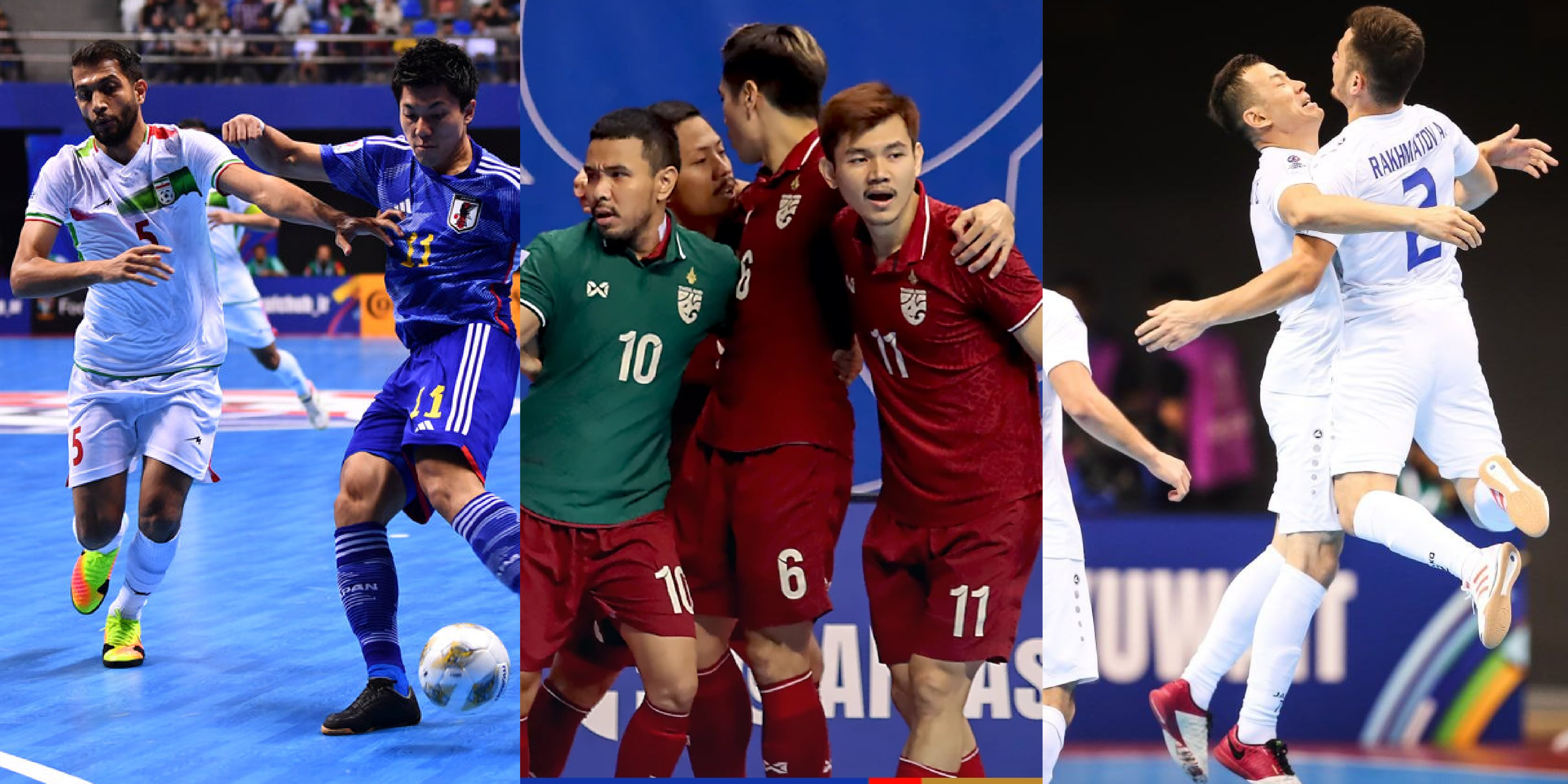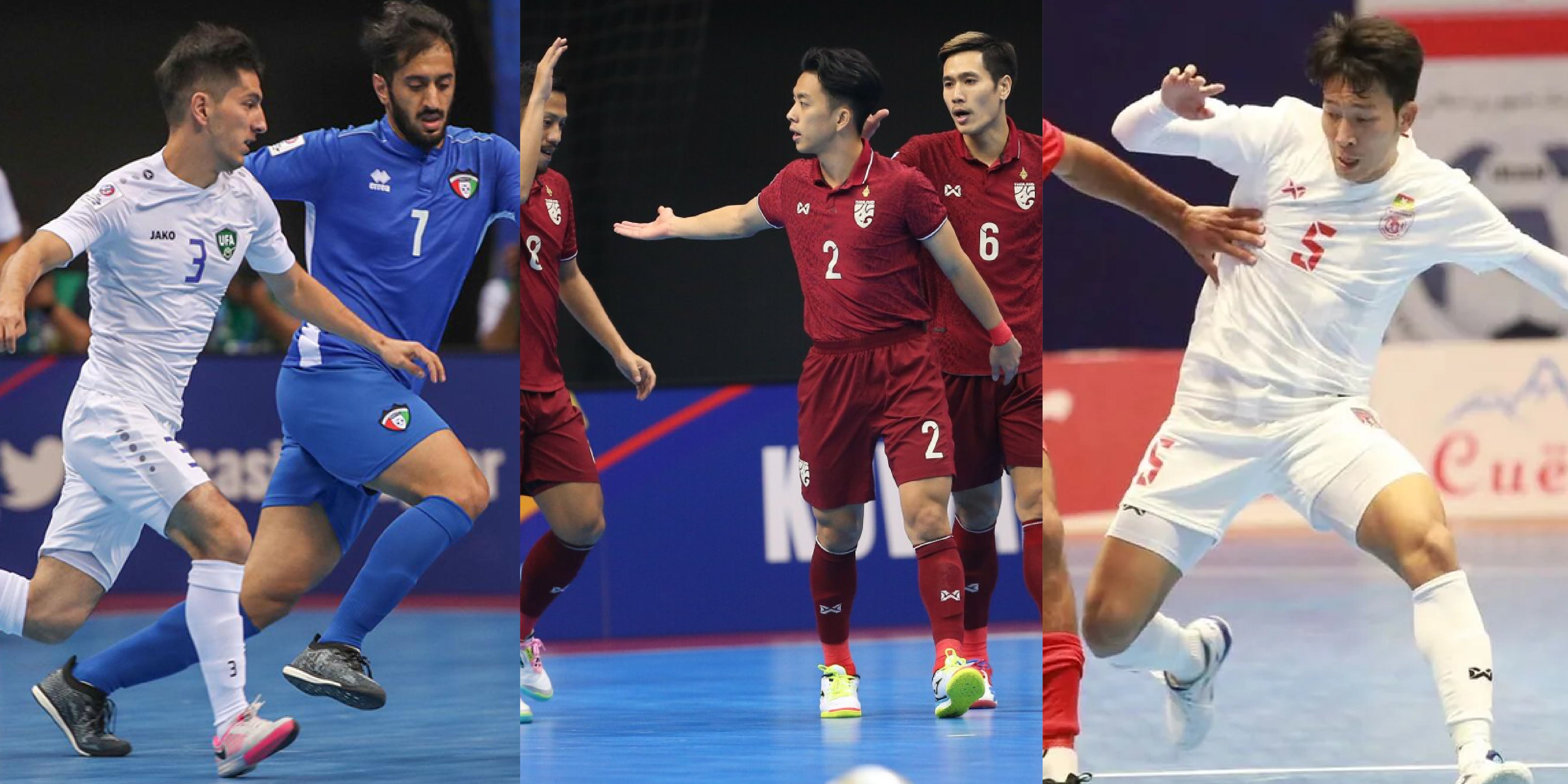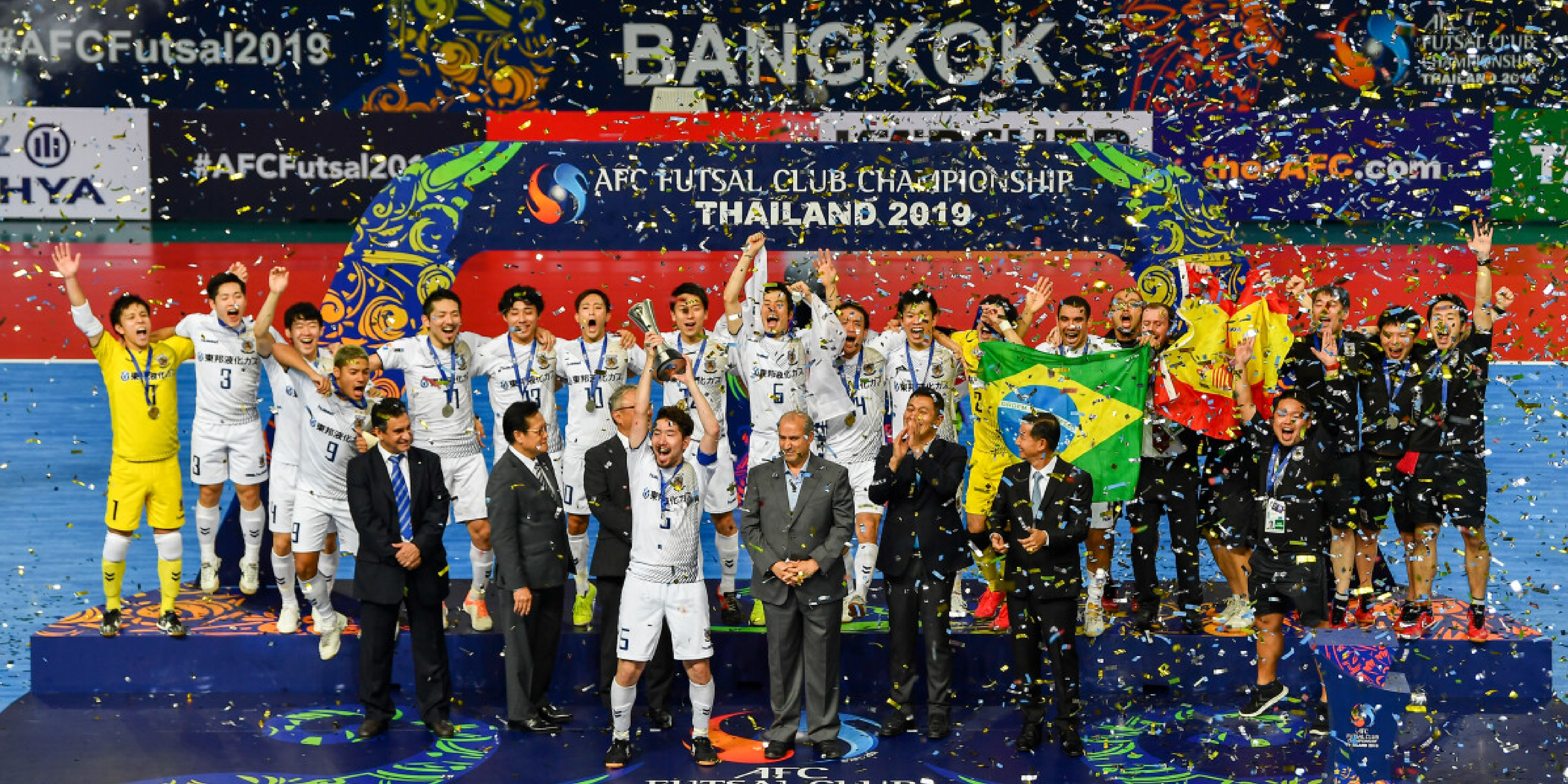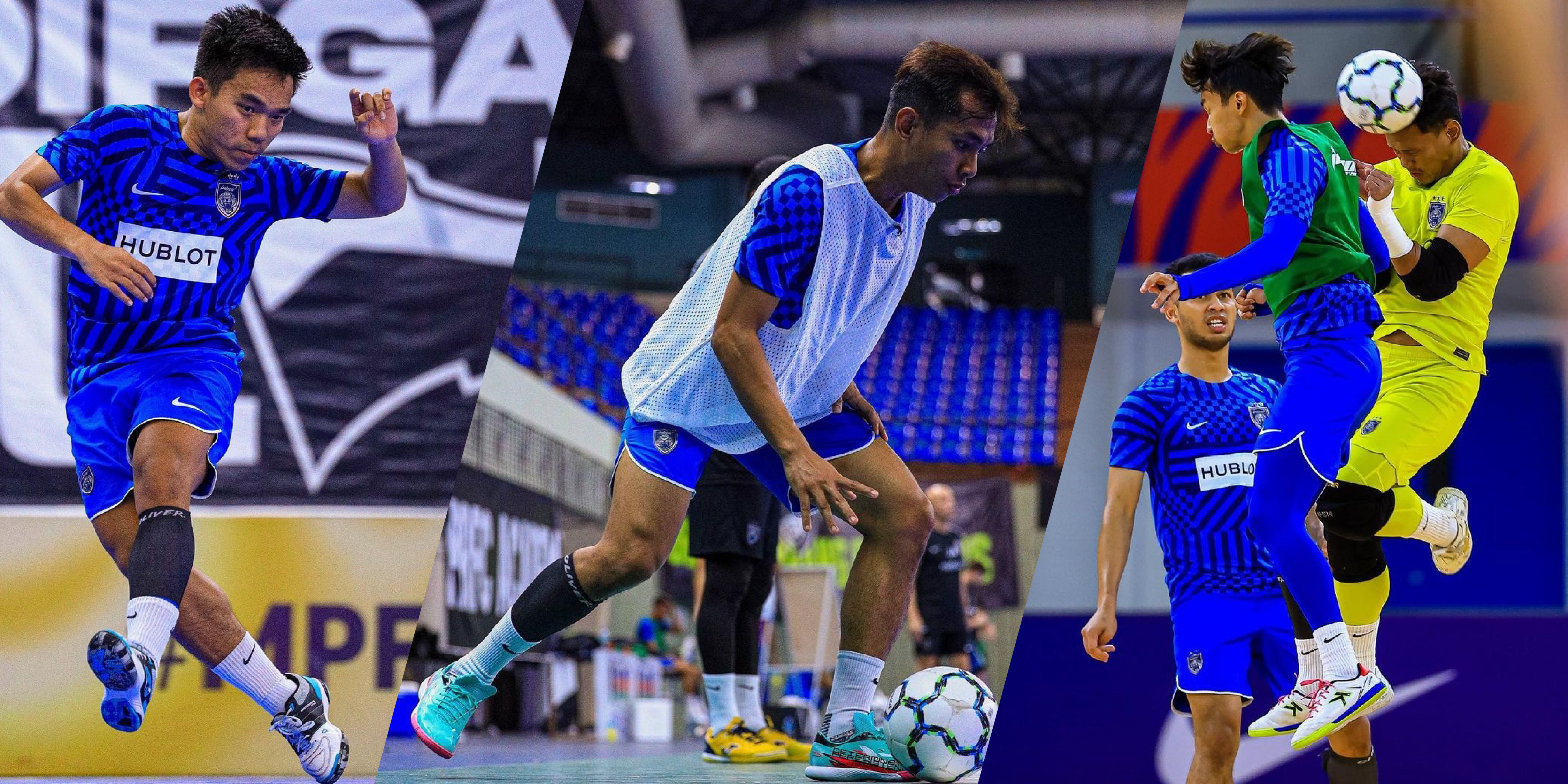Futsal in Asia: The Phenomenon that Keeps Growing

Futsal, a variant of soccer played in smaller spaces with fewer players, has experienced impressive growth worldwide. Asia, in particular, has emerged as a region where futsal has not only gained popularity but has become a true sporting phenomenon. In this article, we will explore the rise of futsal in Asia and analyze the factors contributing to its sustained growth.
The Rise of Futsal in Asia
While futsal is not native to these lands, it has found fertile ground for development in Asia. The numbers speak for themselves: since the early 2000s, the number of national futsal federations in Asia has significantly increased, and the professionalization of clubs and players has been growing exponentially year by year.
The Asian Football Confederation (AFC) has played a pivotal role in promoting and developing futsal in the region. Through training programs, tournaments, and club competitions, the AFC has provided crucial support to the sport. Additionally, the Asian audience has chosen futsal as one of their favorite sports, further fueling its growth.
In just a few years, national teams like Iran and Uzbekistan have achieved remarkable results in world championships, securing third place in the 2016 World Cup and fourth place in the 2021 edition. Undoubtedly, more Asian teams will soon be on par with top-tier selections like Brazil, Argentina, Spain, and Portugal.

National teams, like clubs, are making waves in the global futsal scene.
The Best Futsal Leagues in Asia
The Asian continent now boasts several world-renowned futsal leagues, making the AFC Club Championship, the most prestigious club competition in the region, increasingly vibrant.
Notable futsal leagues in Asia include those of Japan, Iran, Malaysia, Indonesia, Uzbekistan, Kazakhstan, Lebanon, and Qatar. India's league is also gaining prominence due to the emergence of talented players and a significant partnership with the Indian Football Association (IFA). In 2022, the Liga Nacional de Fútbol Sala (LNFS) collaborated with IFA to export knowledge and provide support for the growth and development of futsal in India through the IFA Futsal Academy.

Nagoya Oceans is the winningest team in Japan and Asia. In this photo they are celebrating what was the 2019 AFC Club Championship.
OLIVER: The Choice for Futsal Teams in Asia
Apart from its strong presence in Spain (utilized by five LNFS teams), the unique OLIVER GPS technology is making strides in other European countries like Italy, Portugal, Hungary, France, and Belgium. In Asia, over six leagues have teams using OLIVER.
Notably, Nagoya Oceans, the reigning AFC Club Championship champion and the largest futsal team in Japan, relies on OLIVER for performance enhancement and injury prevention. OLIVER is also used by teams in Indonesia, Kazakhstan, Malaysia, the United Arab Emirates, and Kuwait.
OLIVER is advancing rapidly in a discipline and a continuously growing market, empowering teams that make headlines in their countries and throughout Asia.

Johor Darul Ta'zim in Malaysia is one of the teams using OLIVER to boost performance and prevent injuries.
“With OLIVER's data, I can track if I'm reaching the desired zones, and if not, I can make adjustments in subsequent sessions. It has been a great help in my weekly organization and training sessions."
Rafael Duquia, Physical Trainer for Johor Darul Ta'zim in Malaysia
The Future of Futsal in Asia
The growth extends not only to clubs but also to national teams. In 2012, the Futsal World Cup took place in Thailand, and the next FIFA-organized world championship is set for Uzbekistan in 2024. This demonstrates that this remarkable moment is not a passing trend; it's the result of years of hard work, and the outcomes are already evident.
Without a doubt, futsal in Asia is here to stay and has no limits.
If you want to learn more about the GPS technology chosen by Asian clubs, visit our website.


